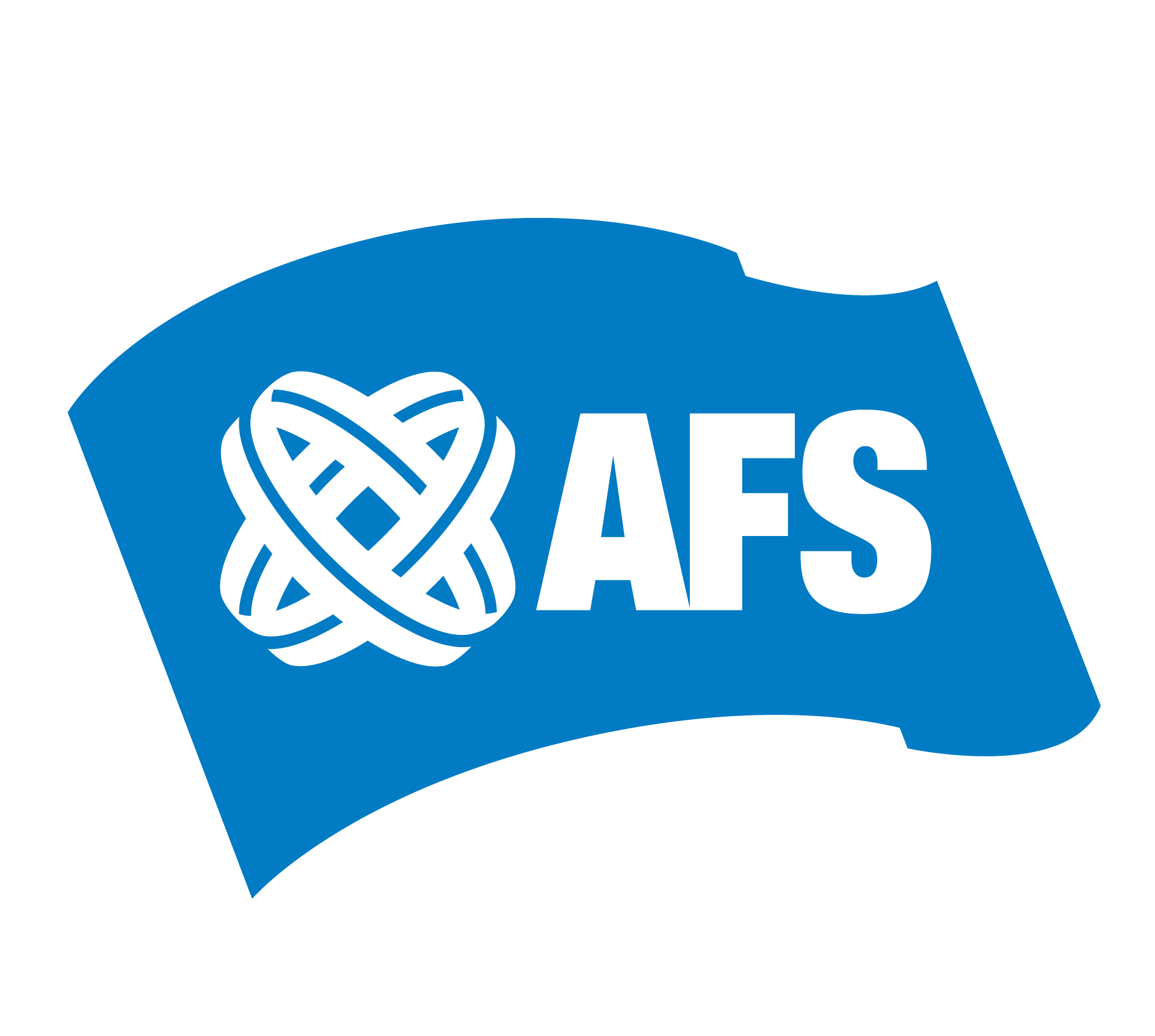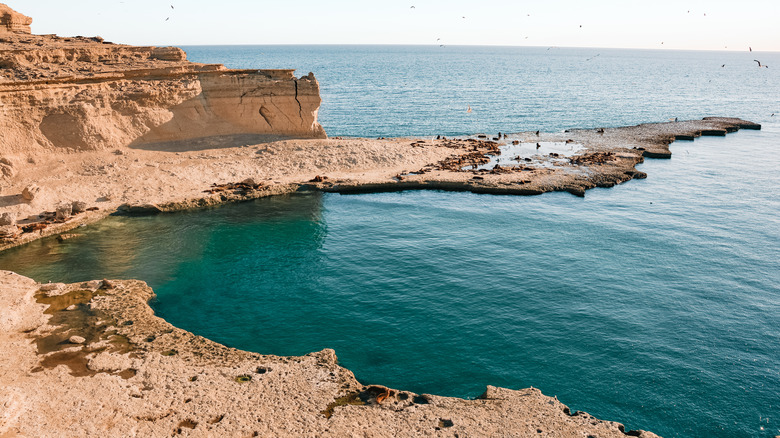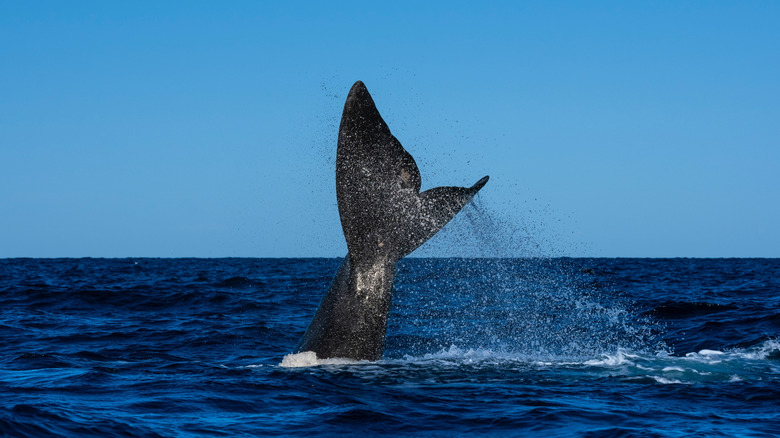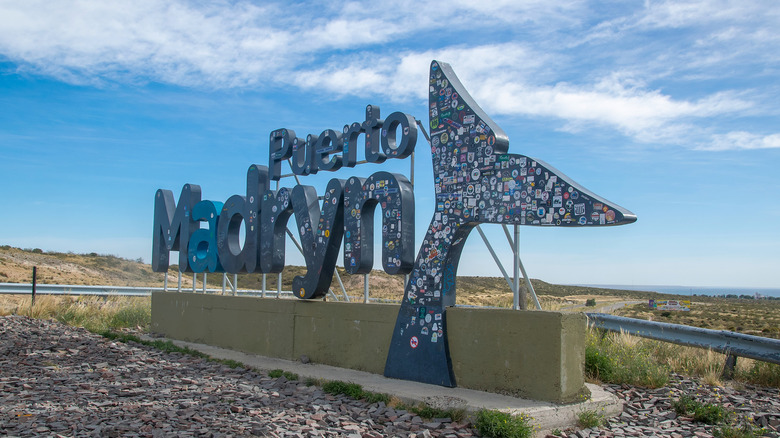If the BBC documentary “Life with David Attenborough” inspired you to explore the far reaches of Patagonia, we’re right behind you. Patagonia is a remote, wild region that occupies most of Southern Argentina — and a dreamlike escape. For wildlife lovers, Peninsula Valdes is a perfect alternative to the Galápagos Islands, attracting around 100,000 tourists annually, compared to over 270,000 in the Galápagos. Throughout the years, the area has gained global importance for safeguarding marine animals, becoming a breeding refuge for endangered species like whales, elephant seals, and sea lions. Peninsula Valdes, originally inhabited by the nomadic Tehuelche people, was appropriated by Spanish Juan De La Piedra in 1779. It’s located in Argentina’s Chubut Province and was formed millions of years ago, covering an area of 1,400 square miles and featuring two gulfs: Golfo San Matías and Golfo Nuevo. The shoreline is a mix of sandy and pebble shores, with steep cliffs, bays, and lagoons.
For a great experience minus the crowd, you can still visit Patagonia during (from June to August) since the prices are cheaper and you can spot wildlife like sea lions and the occasional whale. However, some areas may be closed to the public due to extreme weather conditions. The best way to reach the peninsula is to fly into Buenos Aires — known as the Europe of South America — then take a connecting flight to either Trelew or Puerto Madryn. From there, either catch a bus or hire a private transport to Puerto Piramides. If driving is your thing, embark on an on-the-road adventure leading to the peninsula.
Whale-watching and wildlife in Peninsula Valdes
Much like the other best destinations for whale-watching in the world, Patagonia offers one of the most remarkable wildlife-spotting experiences. In Peninsula Valdes, Southern right whales approach the shores, especially near Puerto Piramides and Puerto Madryn. The prime whale-watching season runs from June to December. From June to mid-September, you can see mothers and calves around El Doradillo beach, while Puerto Piramides is the ideal location from mid-September to the end of the season. Punta Flecha, Caleta Valdes, and Punta Delgada are also good locations for whale-spotting. These whales are thick-bodied and dark in color, have a giant head marked by crust-like features and occasional light spots on their underside. They can grow up to 56 feet long and weigh as much as 176,000 pounds. You can easily book a boat or kayak tour to see the whales, or a submarine for a more immersive, biologist-like experience.
Besides whales, orcas can also be spotted throughout the year and are well-known for their specific and distinctive way of catching prey. This mostly occurs between March and April in Punta Norte when newborn sea lions rest along the coastline, and orcas intentionally come ashore patiently waiting before attacking. Peninsula Valdes’ wildlife safaris offer tourists the chance to spot a variety of non-aquatic animals too, including guanacos (native South American animals that look a lot like llamas or camels), armadillos, maras (large hare-like rodent endemic to Patagonia), and 181 species of birds. And let’s not forget the endearing and comical Magellanic penguins, with their typical white and black plumage.




